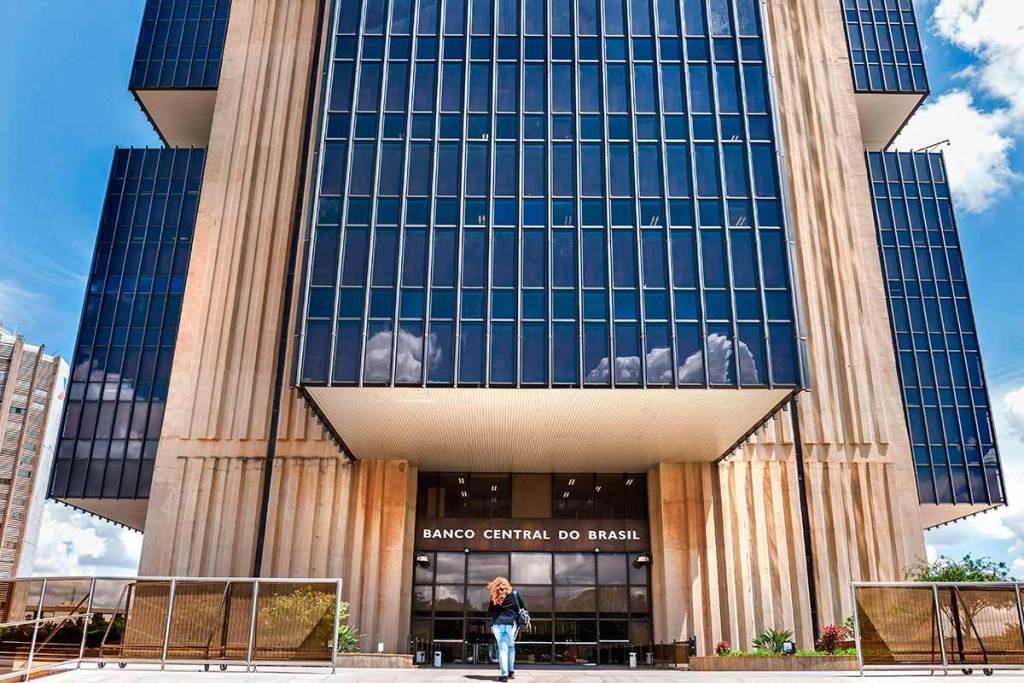RIO DE JANEIRO, BRAZIL – Foreign direct investments in the Brazilian economy totaled US$34.167 billion in 2020, down 50.6% from 2019, the Central Bank reported on Wednesday, January 27th.

It was the lowest inflow of direct investments into the Brazilian economy since 2009 (US$31.480 billion), and occurred amid the drop in Gross Domestic Product (GDP) and tension in the markets, caused by the novel coronavirus pandemic.
Despite the drop, foreign investments were enough to cover the shortfall in external accounts last year.
The head of the Central Bank’s Statistics Department, Fernando Rocha, said the drop in direct investments was caused by the Covid-19 pandemic, which generated a recession in the Brazilian economy.
The institution’s figures show that there was a US$37 billion drop in “equity investments,” which are investments that non-resident companies make in Brazilian companies’ capital, either through a new flow of resources or by reinvesting the profits earned in the country. These are among the direct investment components.
In December last year, the Central Bank estimated that direct investments by foreigners in the country would increase to US$60 billion in 2021 due to “the reduction of uncertainties related to the pandemic – and, consequently, to a more favorable external environment for emerging economies – and to domestic growth, which should improve the profitability of foreign companies in Brazil.”
External accounts recorded a US$12.517 billion deficit for the whole of 2020, according to figures released by the Central Bank on Wednesday, January 27th. This represents a 75.3% drop compared to 2019, when the negative result totaled US$50.697 billion.
This was also the best result for a year since 2007, when a US$408 million surplus was registered.
The current account result, one of the most important of the country’s external sector, is composed of the trade balance in products, services (acquired by Brazilians abroad) and income (remittances of interest, profits and dividends from Brazil abroad).
In December last year, the Central Bank estimated a current account shortfall of US$19 billion in 2021 due to the “scenario of continued resumption in domestic activity” and the “growth in global demand and mitigation of the intensity of non-pharmaceutical interventions to contain Covid-19.”
The drop in the current account deficit in 2020 is mainly linked to the sharp decrease in the activity level, as a result of the novel coronavirus pandemic, and to the surging dollar, which increased about 30% in 2020.
These factors led to an improvement in the Brazilian trade balance, one of the components of the current account, due to a sharp drop in imports.
Moreover, a lower deficit was also recorded in the services and income accounts, due to the global economic slowdown and the closing of borders – the latter factor contributing to Brazilians’ lowest spending abroad in 15 years in 2020.

